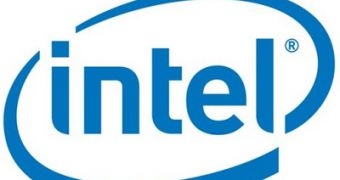Depending on availability, target consumer base, company roadmaps and, especially, demand, there will always be a certain type of product that distinguishes itself through a marketing performance far superior to the rest. In the case of processing, this means that a certain core logic, CPU architecture or socket will be seen as the bestseller. For Intel, the most successful platform, at present, is the socket LGA 775, even though the LGA 1156 and LGA 1366 support the more powerful chips that Intel has.
Currently, even though it is designed for Nehalem-based CPUs, the LGA 1366 is reportedly the least popular of all Intel platforms, accounting for only 1 percent of the Intel desktop CPU market in Q1. In fact, this market share isn't expected to grow in the slightest over the course of the entire year.
The second least popular chips, with a 5% share (expected to increase to 7% and stagnate), are the BGA (socket-less Atom) processors, those chips that are sold directly to OEMs. Conversely, the LGA 775 held 79% of the total during the recently ended first quarter. This means that the LGA 1156 socket CPUs are sitting comfortably in the “middle,” with a share of 16 percent.
According to the folks who made the report, namely the team at Fudzilla, Intel does not expect this situation to be overly different by the time the ongoing year is over, meaning that no positions will be exchanged between the four platforms. Still, their individual shares will change somewhat.
While the LGA 1366 is unlikely to grow, the share of LGA 775 chips will fall to 72% during the second quarter and, by the end of the fourth quarter, to 60%. This means that the LGA 1156 share will eventually rise to a decent 33 %, which is noteworthy for a socket introduced just recently, in Q4 2009. Combined, Nehalem-based chips should account for 34% of all Intel desktop CPUs by the end of the year. Of course, this prediction may not be entirely on the mark, but it does give an indication of Intel's plans for 2010 and early 2011.

 14 DAY TRIAL //
14 DAY TRIAL //